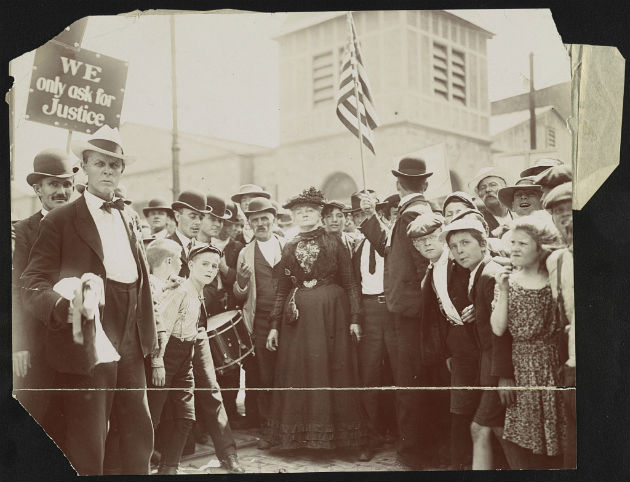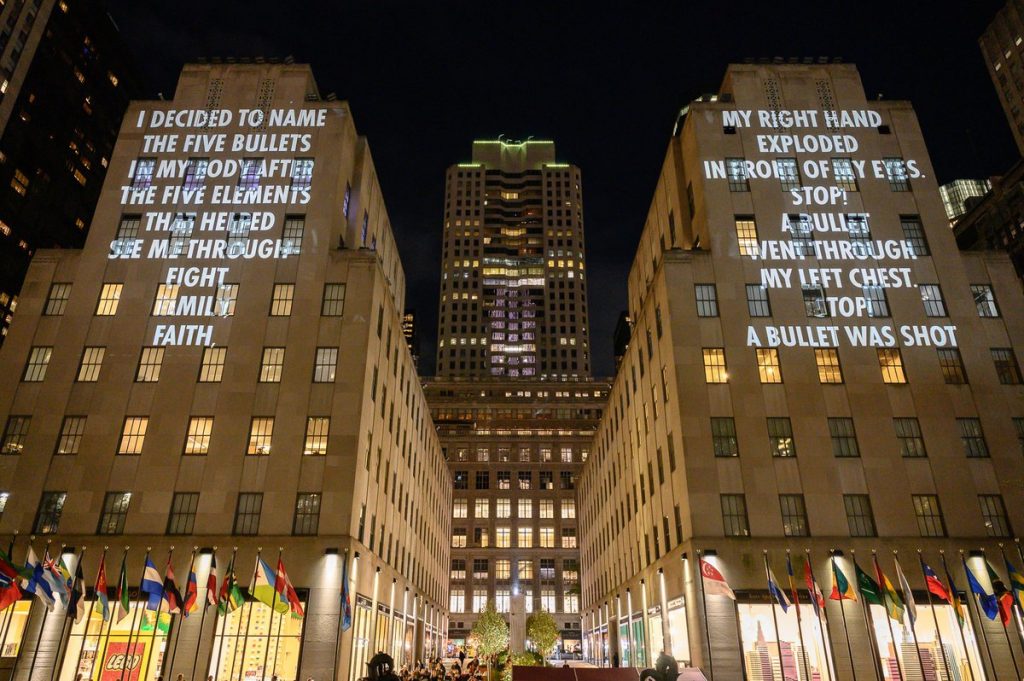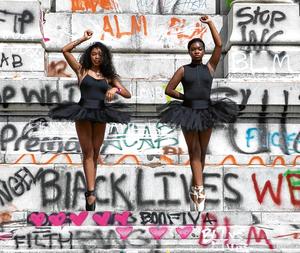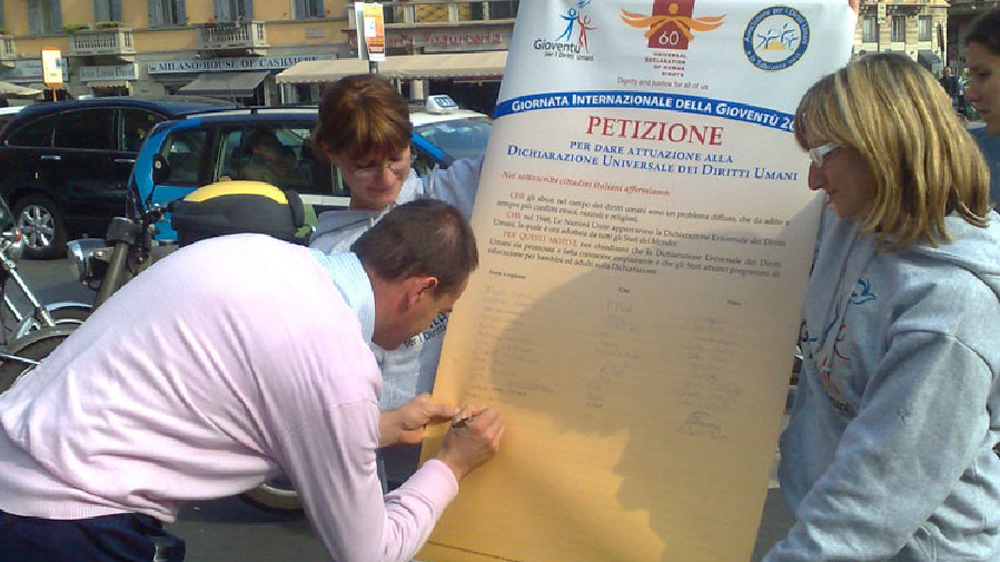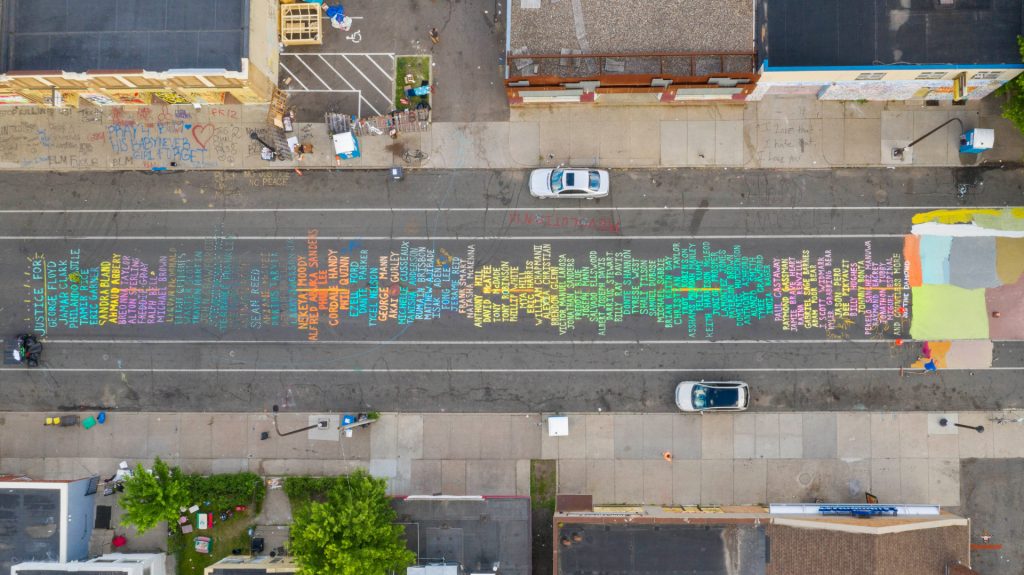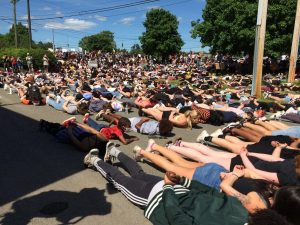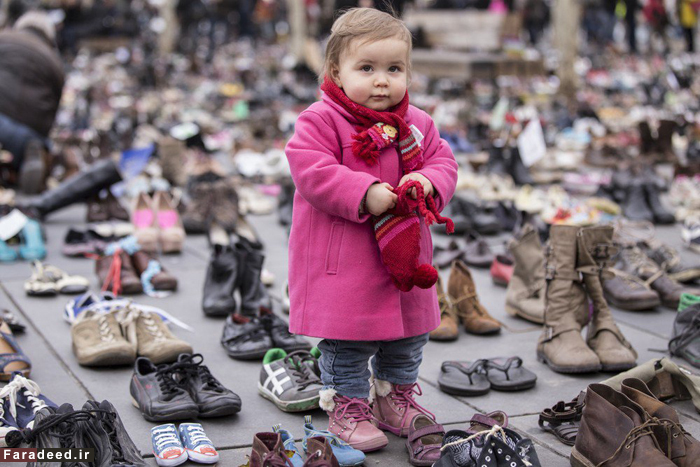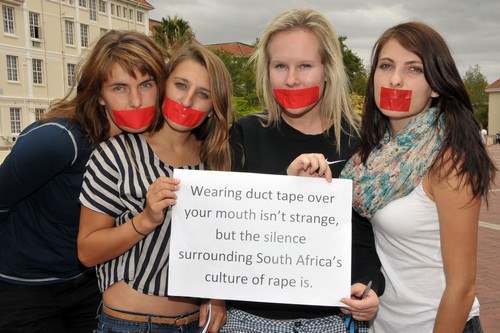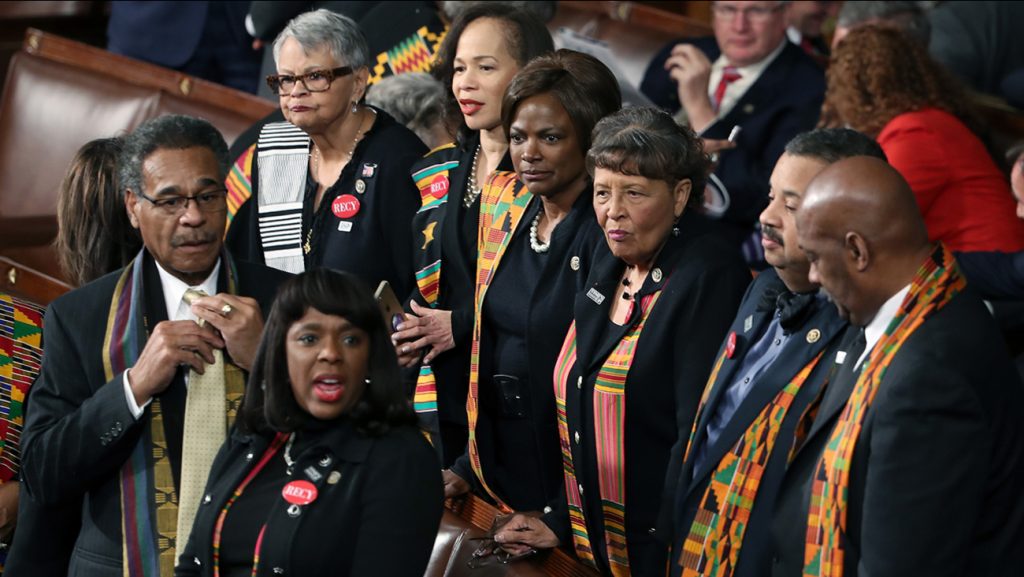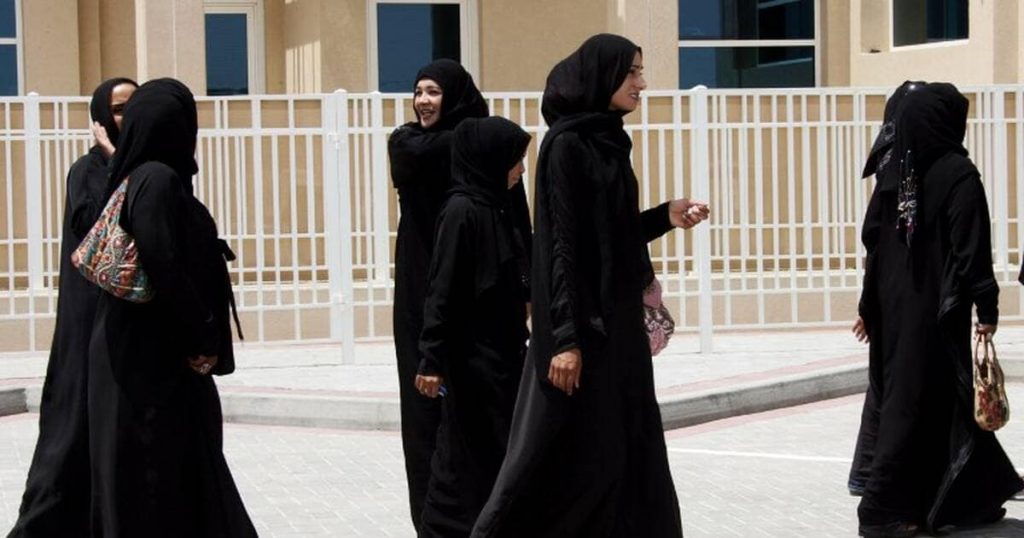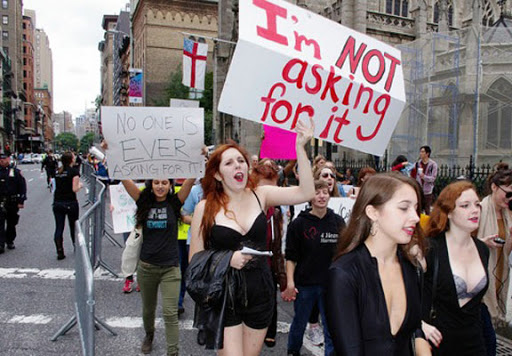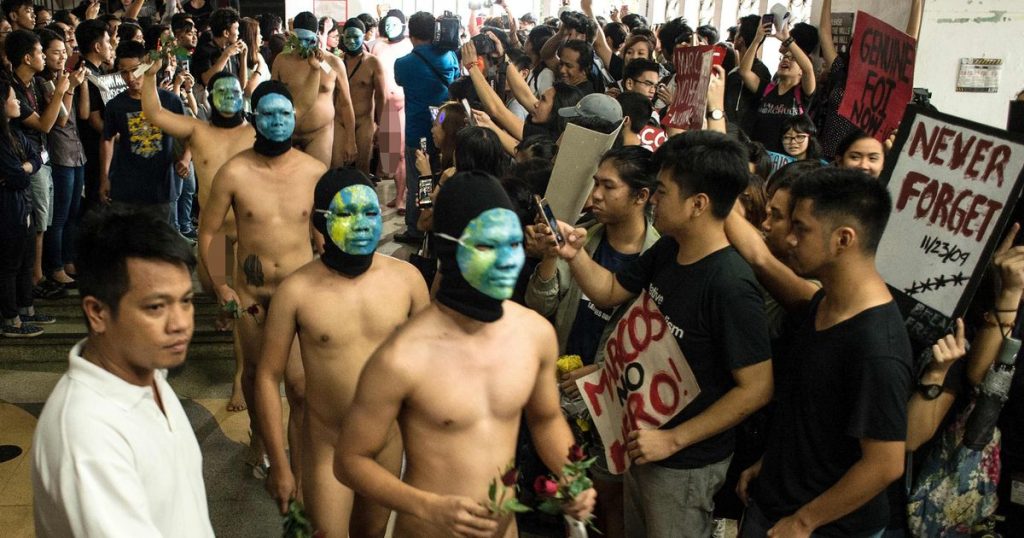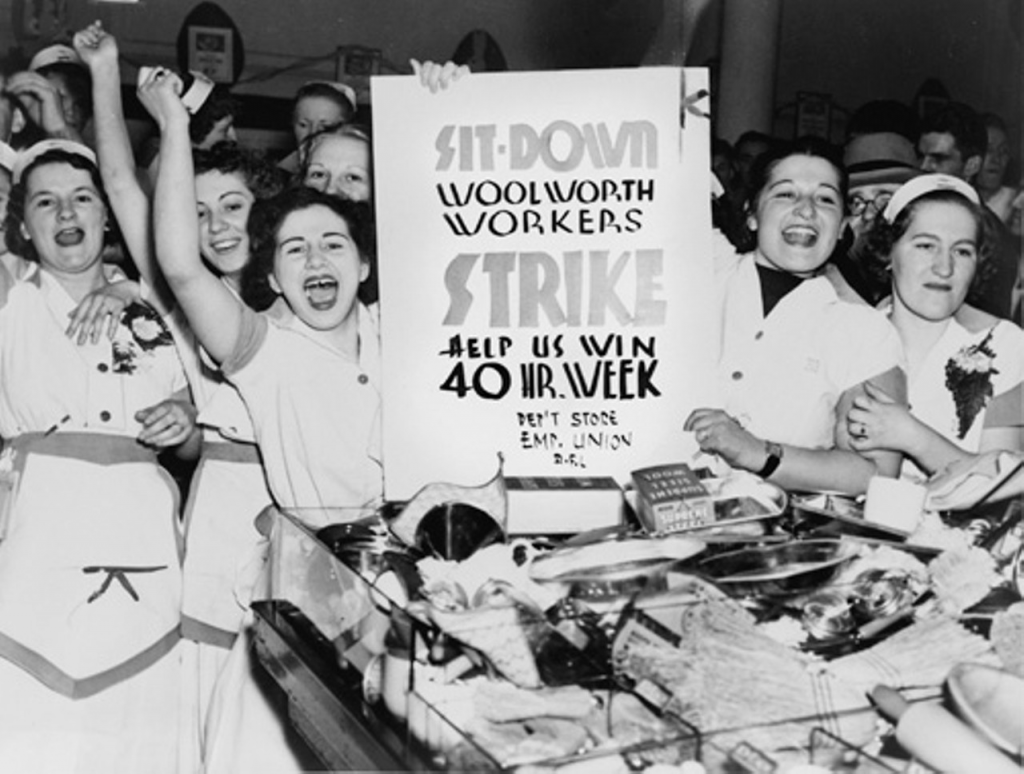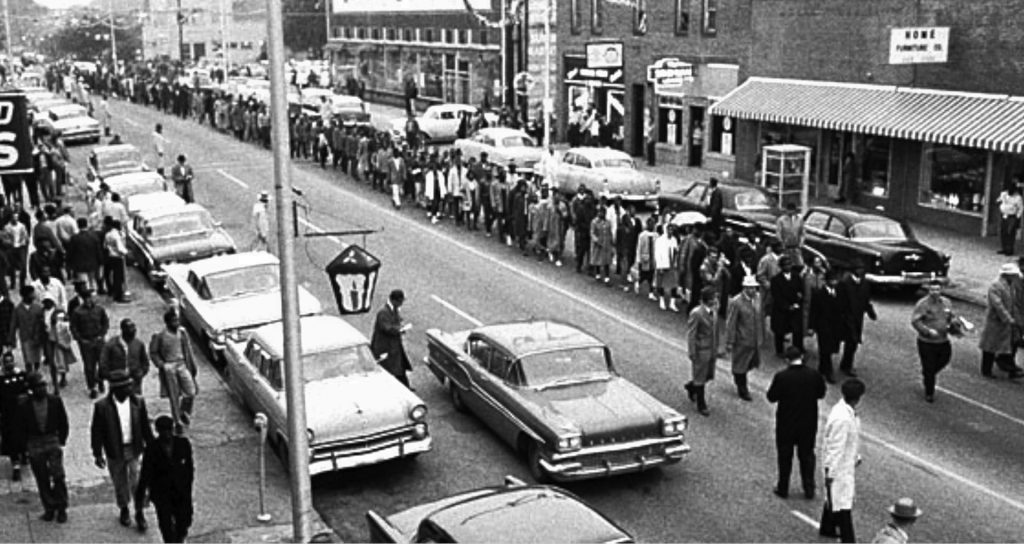March is one of those in-between months, not really winter and not yet reliably warm. But there are literally hundreds of occasions for celebrating in March so, much to enjoy! Here are some you probably hadn’t considered.
For example, March is Adopt a Rescued Guinea Pig Month. I will abstain, thank you very much, because I have a severe anaphylactic reaction to guinea pig dander. On the other hand, eating guinea pig—as I did in Peru—is perfectly fine. In Peru, guinea pig is a major source of protein, analogous, perhaps, to chicken in the United States.
And there is March 10, when we “spring forward” and set the clocks ahead one hour—as if anyone wants to celebrate “losing” an hour.
Celebrating Days in March

I’m sorry to say, we’ve already passed several great days, but feel free to mark your calendar for next year.
- World Seagrass Day, 3/1
- Talk in Third Person Day, 3/3—especially for writers!
- Casimir Pulaski Day, 3/4 (first Monday in March)

- National Poutine Day, 3/5
- Unique Names Day, 3/5
- Day of the Dude, 3/6

- Dentist Day, 3/6—so smile if you can!
- Sock Monkey Day, 3/7

- False Teeth Day, 3/9
- National Dry Shampoo Day, 3/10

- Save a Spider Day, 3/14
- Pi Day, 3/14
- Buzzards Day, 3/15

- Evacuation Day, 3/17, (sate holiday in Massachusetts)
- Goddess of Fertility Day, 3/18
- Ostara/Spring Equinox, 3/19
- And you absolutely must celebrate Extraterrestrial Abduction Day on March 20th!
- Atheists Pride Day, 3/20 (and 6/6)
- International Astrology Day, 3/20 (same day as the Northern Hemisphere Spring Equinox or the first day of the astrological sign of Aries)
- Bed in for Peace Day, 3/20
- Kick Butts Day, 3/20 (third Wednesday in March)
- Nowruz, Persian New Year, 3/21
- As Young as You Feel Day, 3/22
- World Water Day, 3/22
- OK Day, 3/23 (not to be confused with Oklahoma Day, which is April 22)

- Old New Year’s Day (Feast of the Annunciation), 3/25
- Prince Jonah Kuhio Kalanianaole Day, 3/26 (You should look him up!)
- Manatee Appreciation Day, 3/27 (last Wednesday in March)
- Piano Day, 3/28 (the 88th day of the year)
- Smoke and Mirrors Day, 3/29
- Earth Hour, 3/30m 8:30 pm (worldwide event: turn off all power for 60+ minutes to help save the planet)
- Dance Marathon Day, 3/31
Celebrating Weeks in March
Weeks for those who need a little extra time to get with the program.

- Celebrate Your Name Week, 3/3-9
- National Aardvark Week, 3/5-11, (second week of March)
- National Procrastination Week, 3/3-9, (second week in March)
- Brain Awareness Week, 3/10-16, (second full week in March)
- National Introverts’ Week, 3/17-23, third full week in March
- National Button Week, 3/17-18
- Act Happy Week, 3/18-24
- National Second-Hand Shopping Week, 3/24-30, fourth full week in March
- National Physicians Week, 3/25-31
- World Irish Dancing Championships, 3/24-31
Celebrating All Month Long
Month-Long Observances for those who are into party time, all the time.
Of course, March has St. Patrick’s day, (3/16) and Easter (3/31 in 2024), but they are so well-known they need no reminders. But if you haven’t already started observing the United Nations’ International Year of Camelids, you can start now. You still have ten months to celebrate llamas, alpacas, camels, dromedaries, vicuñas, etc….!
Bottom Line: There’s always a reason to celebrate in March—or at least to get involved and expand your awareness.



















